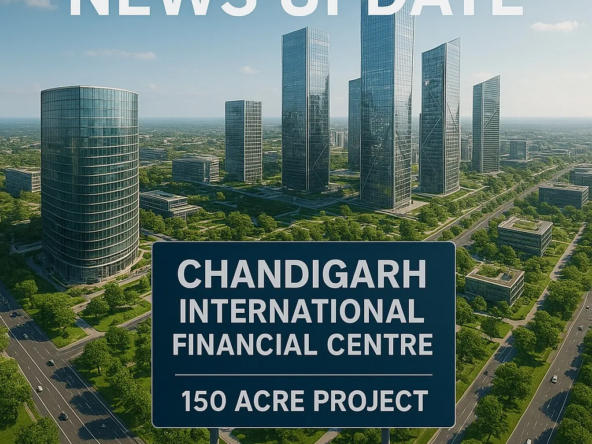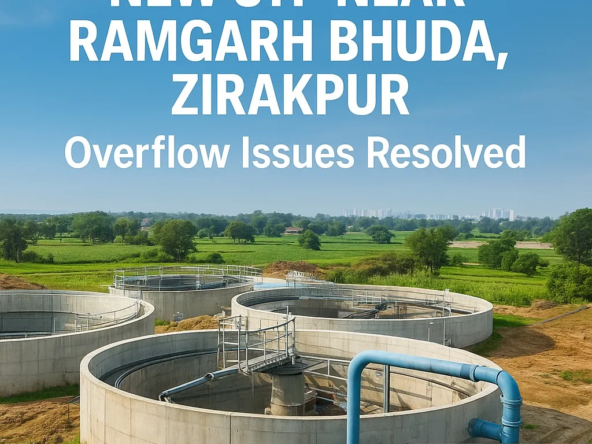Choosing the right industrial zone for your business is a crucial decision that can impact your growth, profitability, and operational efficiency. With different zoning classifications like Red Zone, Orange Zone, and Green Zone, it’s essential to understand their differences and determine which one aligns best with your business needs.
In this guide, we’ll break down the benefits and differences between these zones, helping you make an informed decision that supports your business goals.
Understanding Industrial Zones: Red, Orange, and Green – Request a Callback Now!
Governments classify industrial areas into zones based on the level of environmental impact businesses may have. These zones help in regulating industrial activities, ensuring sustainable development while keeping pollution and environmental concerns in check. Here’s a closer look at each:
-
Red Zone – High Impact Industrial Zone
The Red Zone is designated for industries that have a high environmental impact, including pollution, emissions, and hazardous waste. These zones are usually located away from residential areas to minimize public exposure to pollutants.
Industries in the Red Zone:
- Chemical plants
- Cement factories
- Steel and iron manufacturing
- Oil refineries
- Heavy engineering industries
Benefits of Setting Up in a Red Zone:
✔ Access to Essential Infrastructure: These zones are equipped with specialized infrastructure like heavy-duty roads, power substations, and waste treatment facilities. ✔ Fewer Operational Restrictions: Since these areas are designed for high-impact industries, there are fewer constraints on emissions, noise, and waste disposal. ✔ Proximity to Suppliers and Distributors: Being part of a dedicated industrial ecosystem means easy access to raw materials and distribution networks. ✔ Government Incentives: Some regions offer tax benefits, subsidies, or relaxed regulations for industries setting up in Red Zones.
Challenges of Red Zone Industrial Areas:
- High regulatory compliance: Stringent environmental and safety standards must be met.
- Distance from urban centers: Often located far from cities, increasing transportation costs for workers and goods.
-
Orange Zone – Medium Impact Industrial Zone
The Orange Zone is ideal for industries that have a moderate environmental impact. These businesses produce some waste and emissions but within controlled and permissible limits.
Industries in the Orange Zone:
- Food processing units
- Textile manufacturing
- Plastic production
- Pharmaceutical plants
- Medium-scale engineering and assembly plants
Benefits of Setting Up in an Orange Zone:
✔ Balanced Environmental Regulations: More relaxed than Red Zones but still requires businesses to follow environmental guidelines. ✔ Better Connectivity to Cities: These zones are usually closer to urban centers, making logistics and employee commutes more manageable. ✔ Affordable Land & Operational Costs: Compared to Red Zones, land acquisition and leasing costs are often lower, making them cost-effective for medium-sized businesses. ✔ Sustainable Growth Opportunities: Businesses here can scale up while keeping environmental concerns under check.
Challenges of Orange Zone Industrial Areas:
- Limited Expansion Scope: Some restrictions may be in place regarding the type and scale of industrial activities.
- Permit and Compliance Requirements: Businesses must adhere to pollution control norms and environmental impact assessments.
-
Green Zone – Eco-Friendly & Low Impact Industrial Zone
The Green Zone is designed for industries that have a minimal environmental impact and contribute to sustainable development. These zones promote eco-friendly, non-polluting businesses and are typically located near urban areas.
Industries in the Green Zone:
- IT parks and technology hubs
- Renewable energy production
- Biotechnology and healthcare industries
- Organic food and beverage processing
- Educational and research institutions
Benefits of Setting Up in a Green Zone:
✔ Eco-Friendly & Sustainable: Businesses here operate with minimal waste, emissions, and energy consumption, promoting a greener economy. ✔ Government Incentives & Tax Benefits: Many governments encourage investment in Green Zones through subsidies, tax exemptions, and grants. ✔ Proximity to Urban Workforce: Being close to cities ensures easy access to skilled professionals and a better quality of life for employees. ✔ Corporate Social Responsibility (CSR) & Branding: Companies in Green Zones enjoy a positive public image as sustainability leaders.
Challenges of Green Zone Industrial Areas:
- Higher Land and Leasing Costs: Due to their prime locations and sustainability measures, land prices can be higher.
- Strict Environmental Regulations: Green Zones enforce strict sustainability measures, which may require additional investments in eco-friendly infrastructure.
How to Choose the Right Industrial Zone for Your Business
Now that you understand the differences between Red, Orange, and Green Zones, here’s a step-by-step approach to choosing the best fit for your business:
- Identify Your Industry Type
- If your business deals with heavy manufacturing, chemicals, or energy-intensive production, a Red Zone is your best option.
- If you operate in food processing, textiles, or pharmaceuticals, an Orange Zone offers a balance of regulatory flexibility and sustainability.
- For tech startups, research institutions, or renewable energy firms, a Green Zone aligns with eco-friendly initiatives.
- Consider Your Operational Needs
- Do you require specialized infrastructure like heavy-duty transport routes or high-capacity power supply? If yes, Red Zones are preferable.
- If employee convenience and business networking are top priorities, Green and Orange Zones provide better accessibility.
- Evaluate Regulatory Requirements
- Each industrial zone has different regulatory standards for pollution, waste disposal, and emissions. Check local compliance laws before deciding.
- Analyze Cost & Investment Potential
- Land and operational costs vary significantly between zones. Assess your budget and long-term growth plans before investing.
- Look for government incentives like tax breaks and subsidies that can lower your financial burden.
- Think About Future Expansion
- Choose a zone that allows for scalability. Red and Orange Zones often have larger land parcels for future expansion, while Green Zones may have limitations.
Final Thoughts
Selecting the right industrial zone is a critical decision that affects your business growth, environmental impact, and operational costs. Understanding the key differences between Red, Orange, and Green Zones will help you make an informed choice that supports your business needs while complying with regulations.
By considering your industry type, operational needs, regulatory compliance, cost factors, and future expansion, you can strategically position your business for long-term success.
If you’re looking for the ideal industrial zone for your business, consult with experts, explore available zones in your region, and leverage government incentives to maximize your investment.
Need help finding the right industrial location? Contact us today to explore the best industrial zones suited for your business! 7087949434
#IndustrialZones #BusinessGrowth #Manufacturing #RedZone #OrangeZone #GreenZone #IndustrialDevelopment #BusinessSuccess #SiteSelection #EconomicDevelopment #CommercialRealEstate #SustainableBusiness #SmartInvestment #BusinessExpansion




